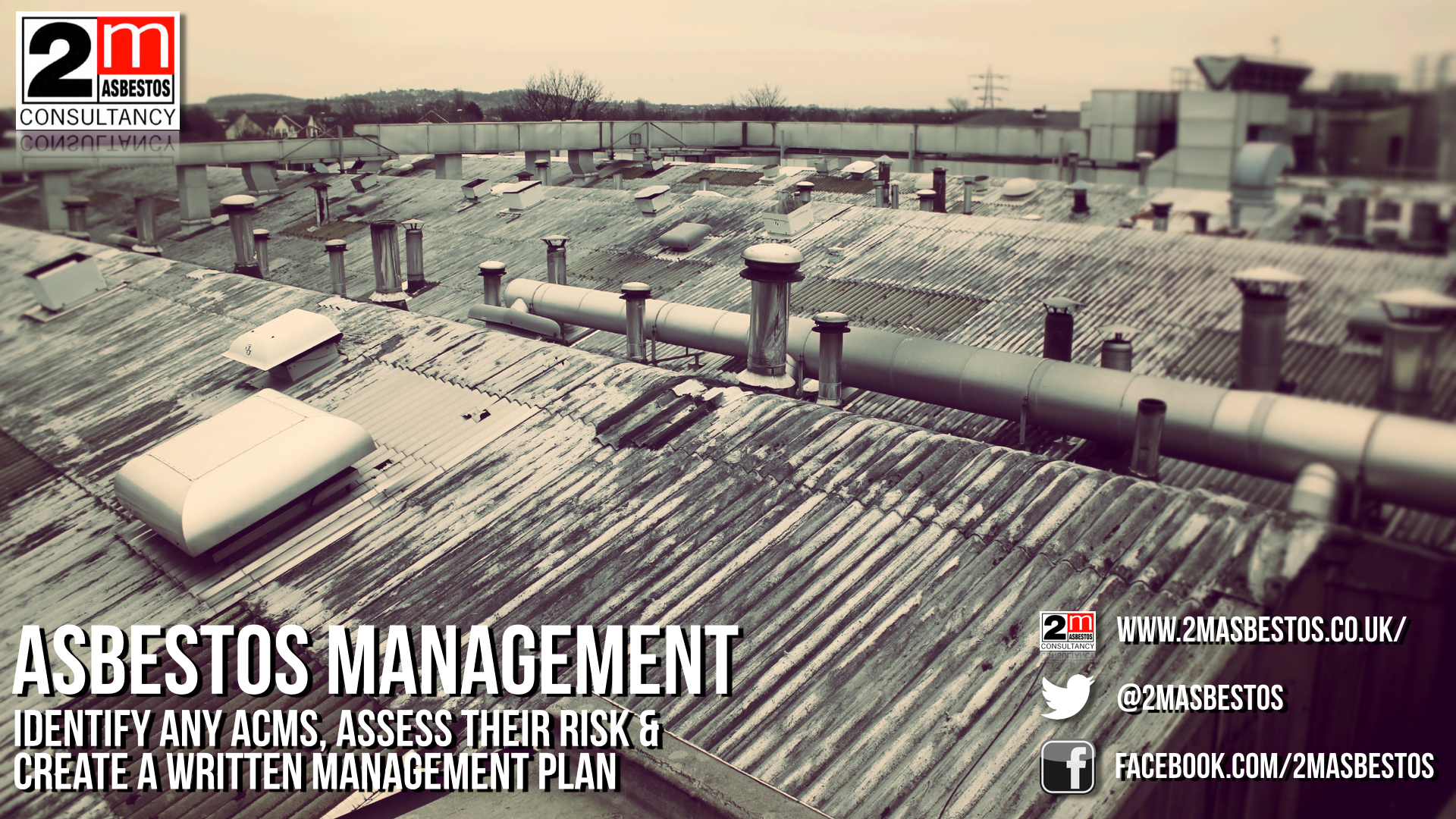Decades of lax attitudes towards tackling deadly asbestos in schools is a national “scandal” threatening the health of former, current and future schoolchildren, a wide-ranging investigation has found.
Decades of lax attitudes towards tackling deadly asbestos in schools is a national “scandal” threatening the health of former, current and future schoolchildren, a wide-ranging investigation has found.
The Joint Union Asbestos Committee (JUAC) said examples of the problem in schools underlined “systematic failings” in the way it was dealt with by successive governments.
The JUAC said Whitehall had a “scandalous disregard for life” by permitting inadequate surveys and campaigning against compulsory detection that it said would help prevent future cases of asbestos cancer mesothelioma.
The report said successive governments failed to require schools to keep asbestos records and inform parents about the material in their child’s school.
It said: “This has enabled the culprits to evade responsibility for asbestos exposure leading to mesothelioma, allowing them to escape with impunity.
“Nothing can be done to put right past asbestos exposure, but we must do more to protect future generations of school children and staff.”
Asbestos can be found in wall panels, ceiling tiles, floors, fire breaks, columns, door frames, and ceiling and wall voids.
But it can also creep into classrooms and corridors if it is disturbed, such as through having children crashing into affected areas.
The UK currently has the highest incidence of mesothelioma in the world and it is steadily increasing.
And according to the Health and Safety Executive, more people in the UK die from the disease than in road accidents.
The report identified one asbestos victim, Sarah Bowman, who developed the disease in her 40s, more than three decades after leaving Braincroft Primary and William Gladstone schools in the Brent area of London.
She was said to have been too ill to attend the National Union of Teachers (NUT) conference in Brighton this weekend where the report was presented.
The report found the risk to children – including Ms Bowman’s son, who attended one of the schools several years later – was underestimated because risk assessments and tests were designed for adults working with asbestos, and not for long-term exposure of children who are known to be more vulnerable.
JUAC said government documents released under Freedom of Information rules suggested full and comprehensive new laws to reduce the risk of exposure to asbestos were dismissed by politicians on cost grounds.
Mary Bousted, general secretary of the Association of Teachers and Lecturers (ATL), described the report as “shocking”.
She said: “It is outrageous that staff and pupils are still dying from being exposed to asbestos in schools.
“ATL has been campaigning about this for years. Action must be taken by the Government now.”
Unite general secretary Len McCluskey said: “Only through the safe, planned removal of all the asbestos which still remains in place across the UK, will the deadly menace of asbestos be lifted from future generations.”
Experts say the true scale of the problem is not known, because no comprehensive survey has been done to establish which buildings are affected.
Asbestos campaigner Hank Roberts, presenting the report at the NUT conference, said: “It is disgraceful. This document shows absolutely everything you can think of has been going wrong – negligence, deceit, lying.
“Saying it is safe is an absolute lie.”
A Department for Education spokesman said: “Nothing is more important than the health and safety of children and staff in our schools.
“Since 2010, billions has been invested to improve the condition of the school estate, with a further £23 billion on school buildings to come over this Parliament.
“This will help ensure asbestos is managed safely and that the amount in school buildings continues to reduce over time.
“We have also published new guidance on managing asbestos in schools, and have transformed the way in which we collect information on asbestos to better our understanding.”
Source: BT.com



